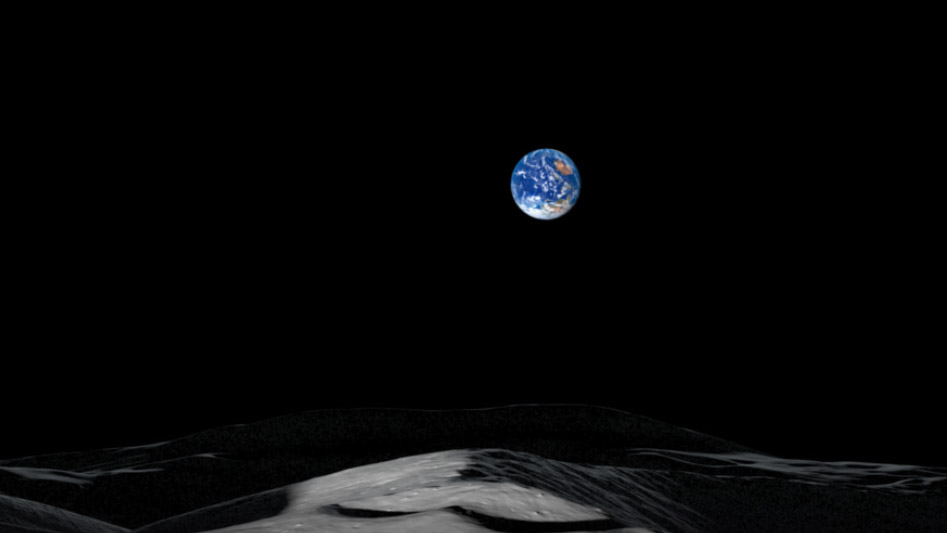Most of us forget what an unbelievable coincidence it is that despite being about 400 times smaller than the Sun, the Moon’s relative placement to us makes it appear roughly the same size in our skies. Due to this, we have been lucky enough to witness total as well as ring-shaped (annular) solar eclipses from back here on Earth. But what if the Moon were to move?
The further away the Moon gets, the smaller it’ll appear until solar eclipses start resembling a solitary eyeball in the sky. Turns out, though, this lunar absconding is already in motion. -Avid watchers of The Big Bang Theory might remember the episode where the gang bounced a laser off of some “reflectors” on the Moon. While it served as an exciting plot point to showcase the gang’s nerdiness, it is very much a real thing that exists, and scientists have been doing it for decades.
In fact, bouncing lasers off our lunar neighbour and measuring how long the to and fro takes has provided us with the definitive conclusion that the Moon has been steadily moving away from us — although this is at a snail’s crawl of around 3.8 centimetres every year.
Analysis done on this sloth-like recession sort of looks like the Moon might have been reeling from an earlier collision with our Earth around 1.5 billion years ago. However, we’ve known that the Moon was formed much, much before that, so scientists doubt this was the origin of the lunar rock.
But the impact on solar eclipses aside, what does this mean for our planet?
The Moon exerts a considerable influence on our world, the tides being one obvious example. Therefore, any changes in our planet’s tidal patterns could mean marine organisms will have to readapt accordingly, and we would have to constantly change our fishing and shipping techniques that we’ve come to rely on over the years as well.
Furthermore, -All of these effects are a part of the ‘Milankovitch cycle’, which describes how the Earth’s orbital movement determines how much sunlight reaches our planet and where. A drifting Moon forms a vital part of this equation, and a major shift in its position could eventually lead to much longer days on our blue, wobbly world.
However, this would be a very gradual change, and it will be a while before we need to do something about it. But if humans survive that long, it will truly be fascinating to see how future cultures mythologise their giant eyeball in the sky.
Courtesy: the Weather Channel—
